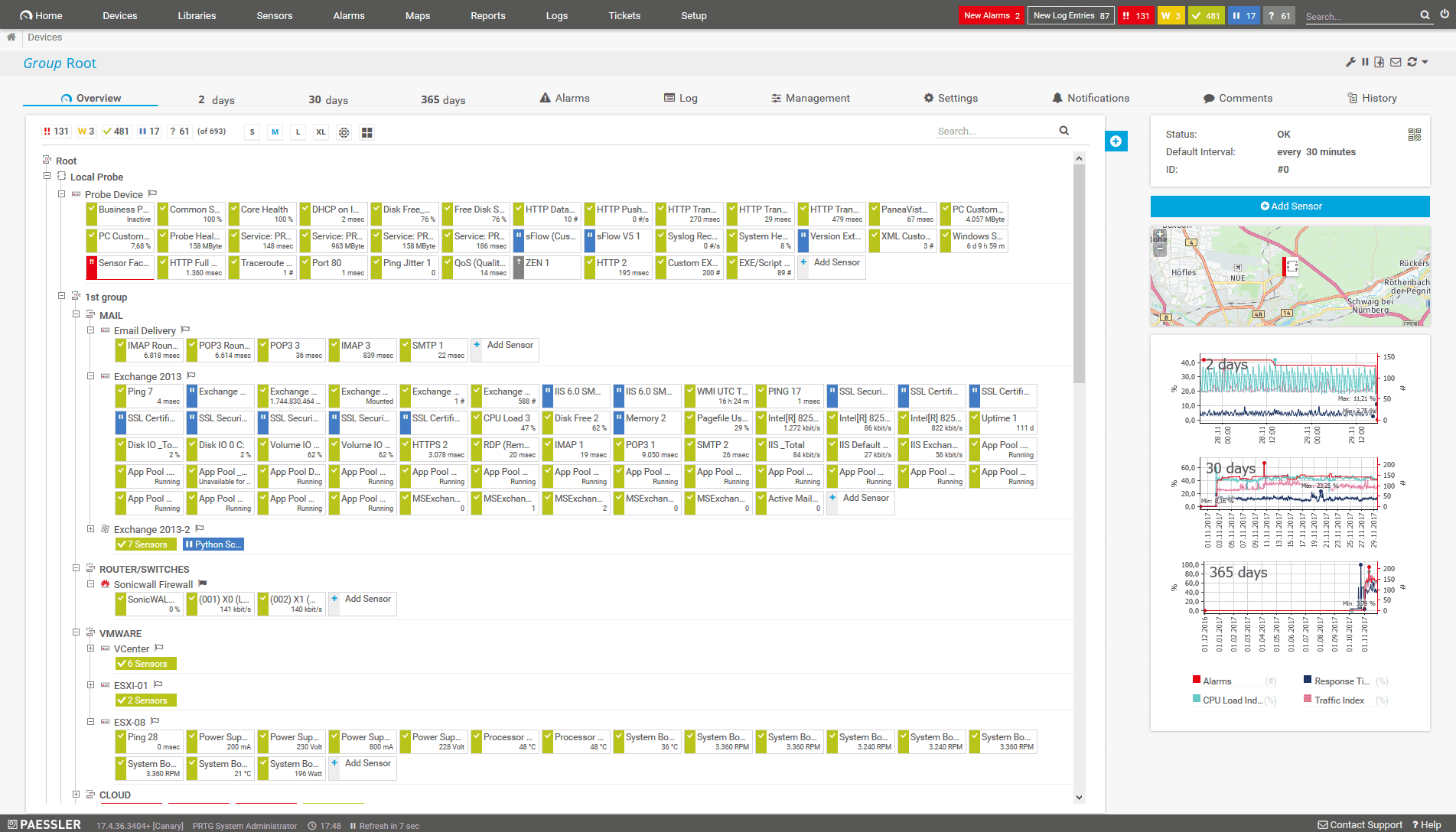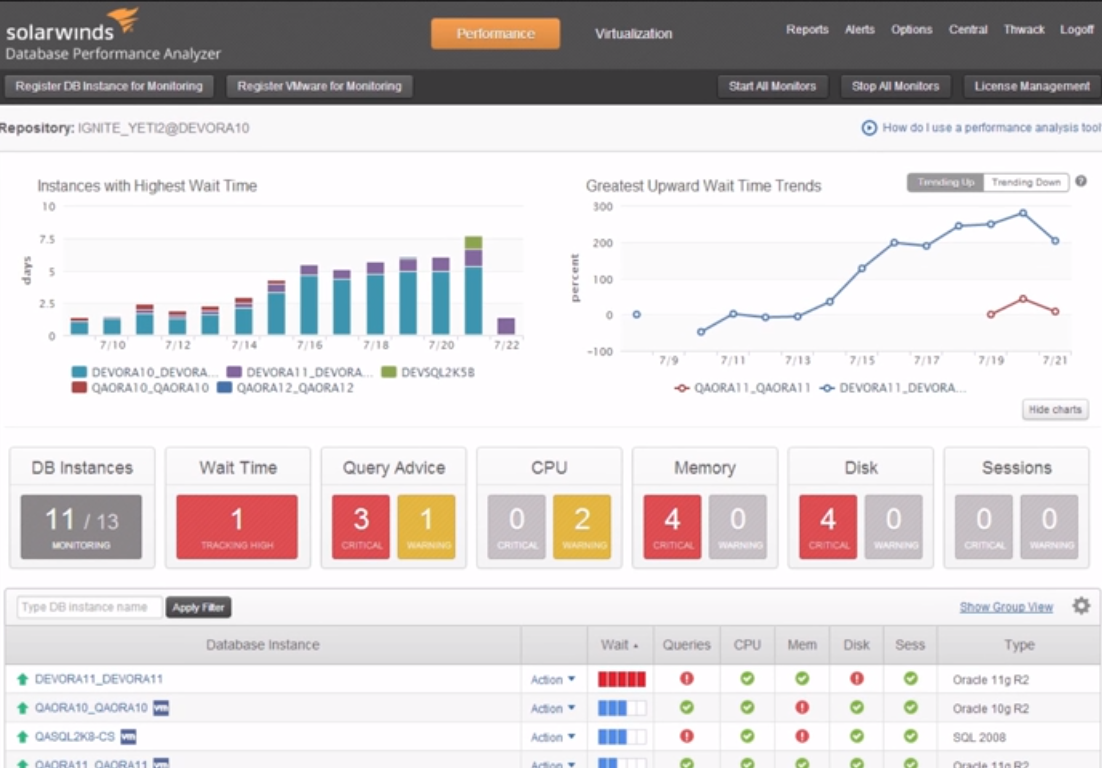

Zabbix is a template-based product that can easily apply a basic set of monitoring/alerting options across a broad array of systems, for instance to notify personnel if a host is not pingable, has excessive resource consumption, is experiencing disk space issues or other typical problems. (Zabbix requires you to acknowledge problems in order to halt the escalation process.) You can customize and escalate your alerts with Zabbix to provide more information on what is occurring and notify a sequence of on-call personnel if the first attempt to reach a technician goes unanswered. Zabbix offers the same feature set as Nagios in terms of functions and monitoring capabilities (autodiscovery being a noteworthy inclusion), and it adds more powerful capabilities, such as a dashboard that can be used to directly customize monitoring options. I recommend Nagios for small to midsize businesses without complex environments or needs. The paid version, Nagios XI, offers features such as a new interface, advanced graphs, capacity planning and more, at a cost of $2,995. It also worked well interfacing with our help desk ticketing system to automatically open tickets for support personnel in the event of outages.Ī Nagios support forum is available for help as well. We configured it to alert our rotating on-call staff member of any critical issues, while also receiving standard email alerts for warnings or informational notifications.

I can attest to the feasibility and ease of use of Nagios, though it’s important to be aware that the dashboard is used for reporting and actual configuration is done through text files and to access graphs you must utilize a plugin called NagVis. Autodiscovery allows you to automatically add hosts by scanning network subnets for new clients. Security monitoring is also included with intrusion detection, website content checking and firewall analysis, and alerting/reporting components are robust.

It can cover all your typical bases by monitoring servers, applications, services, logs, databases, hardware, virtual environments and network devices.Īll operating systems are supported along with both agent-based (e.g., local clients) and agentless monitoring. Nagios is fundamentally the industry standard for open source network monitoring.


 0 kommentar(er)
0 kommentar(er)
